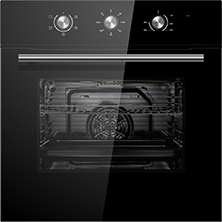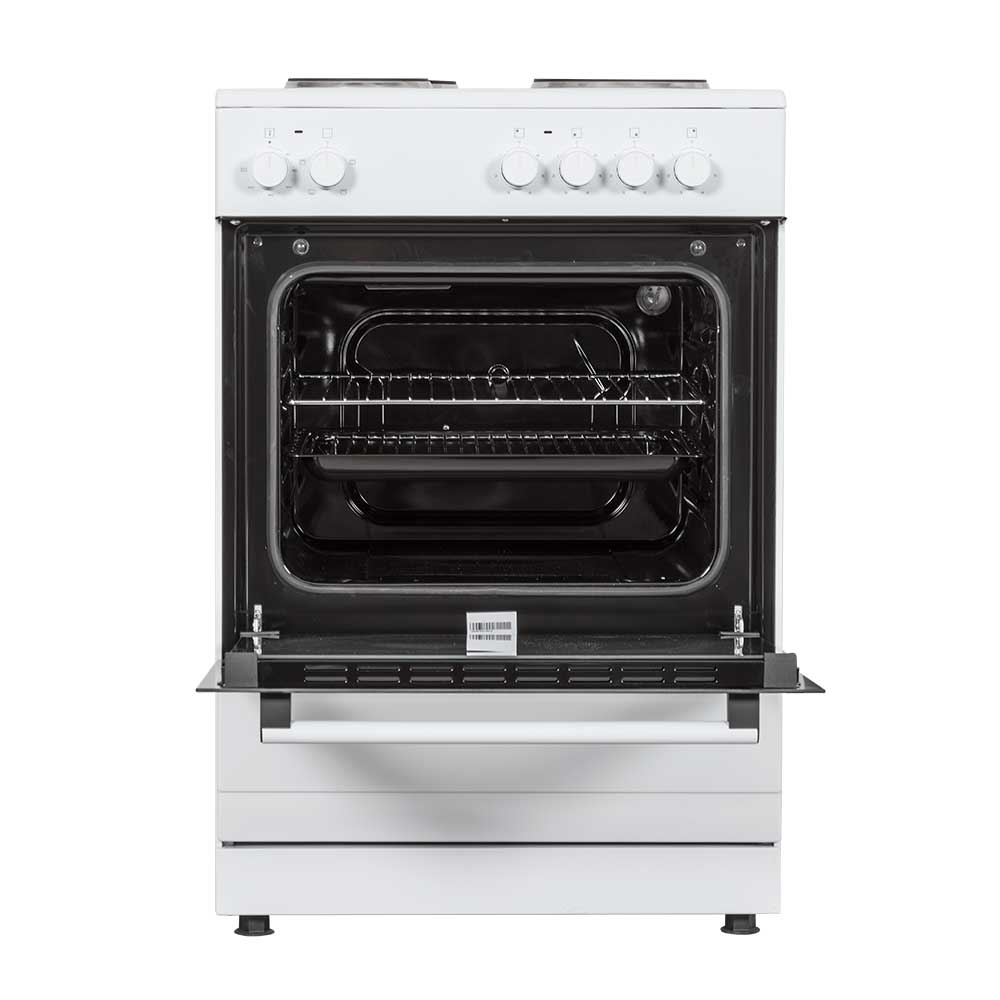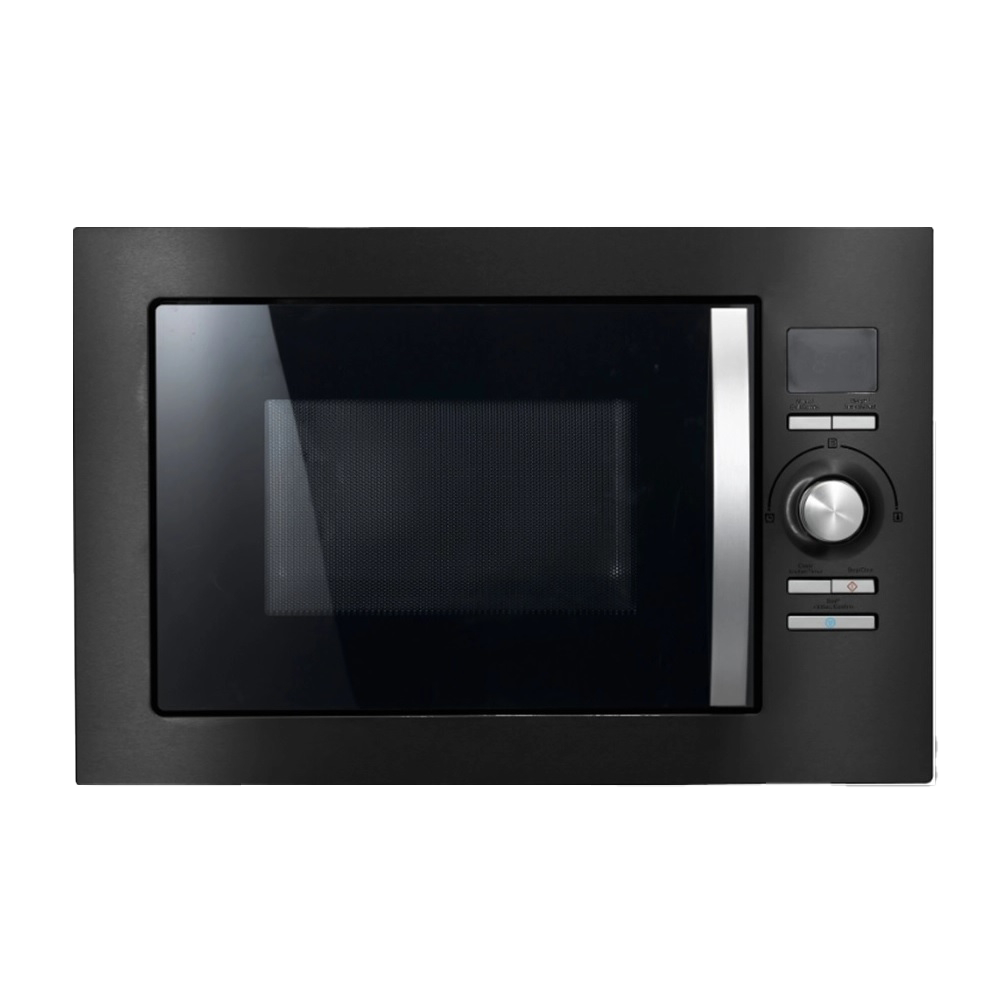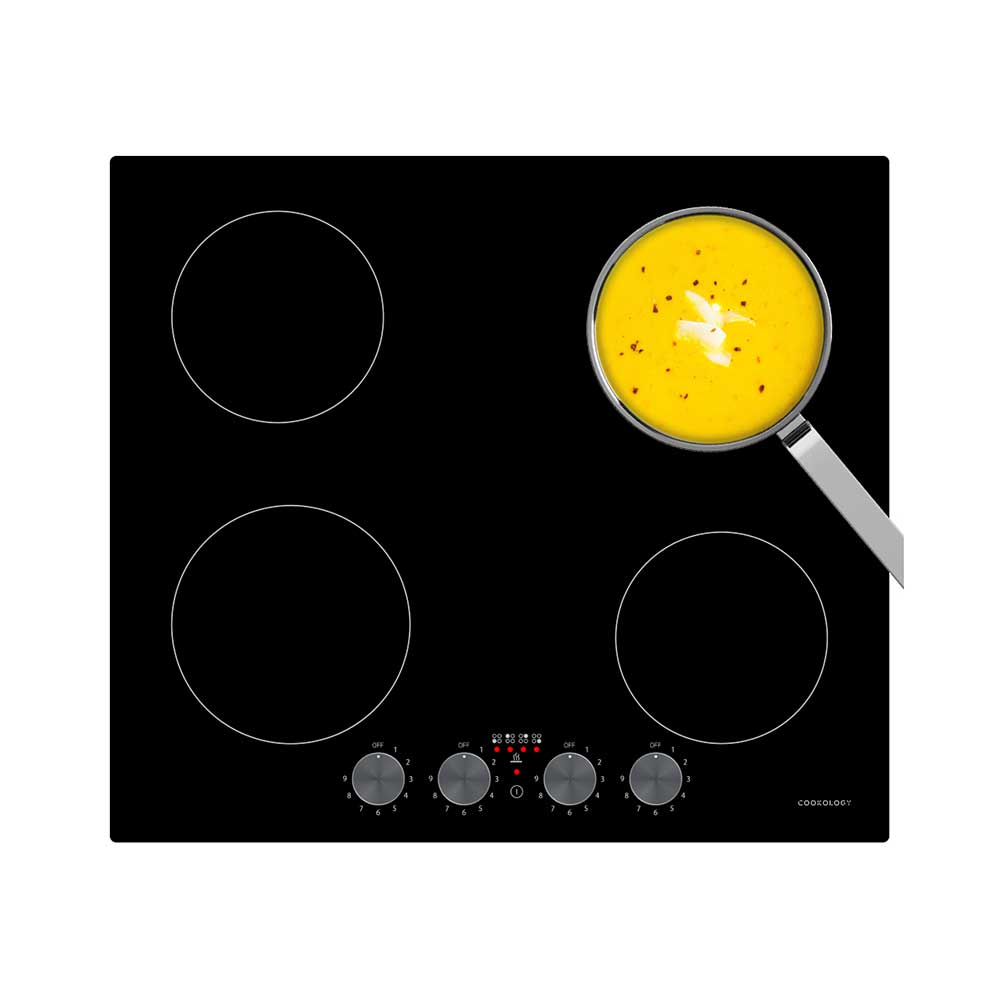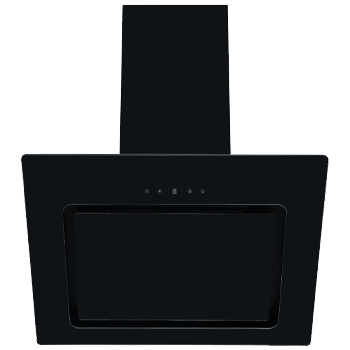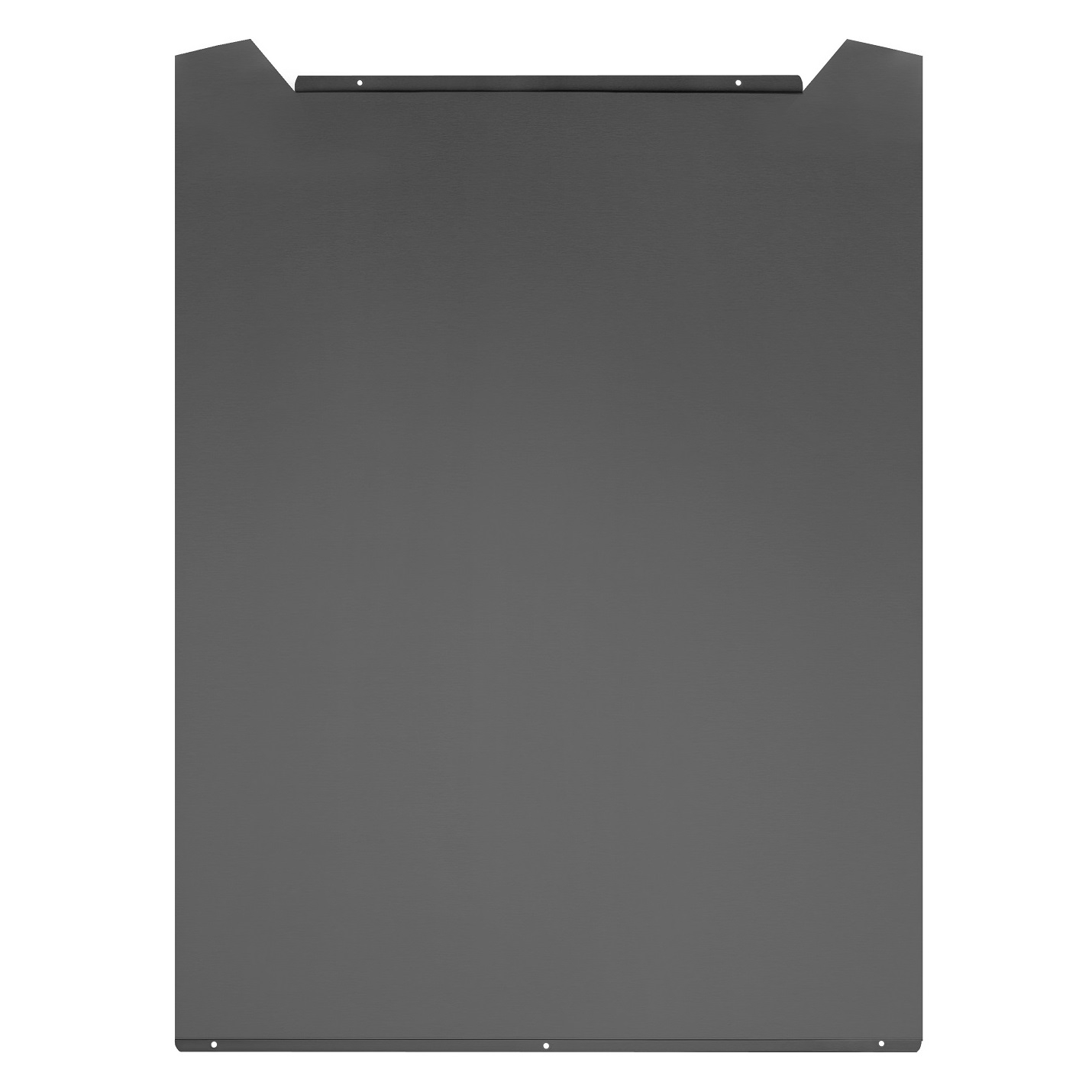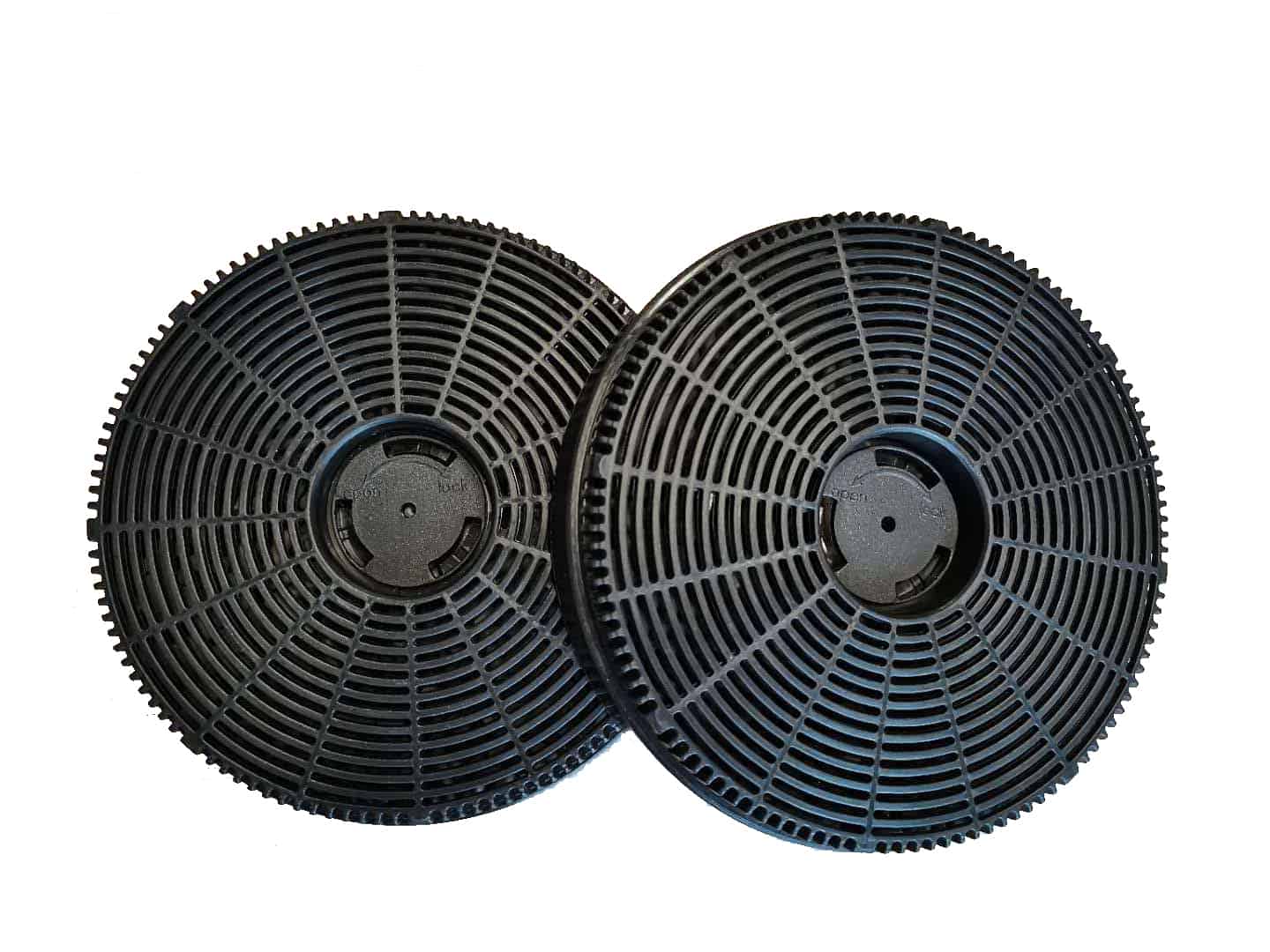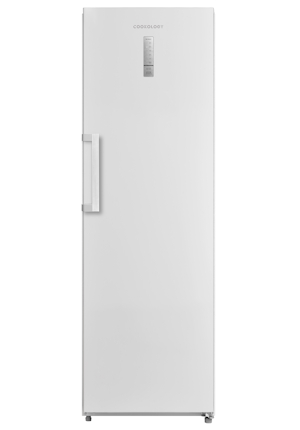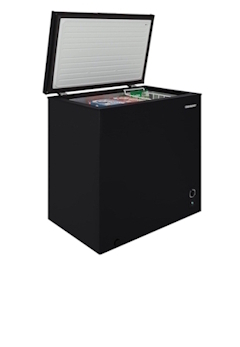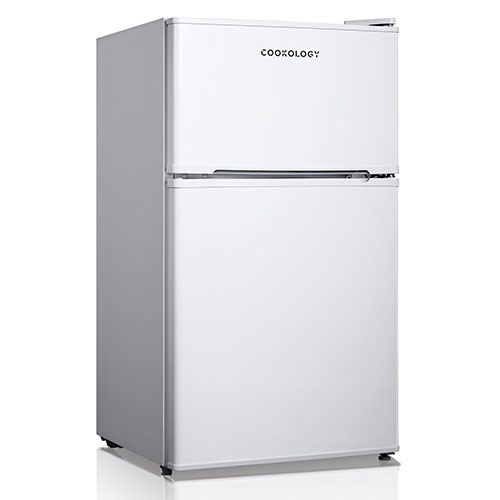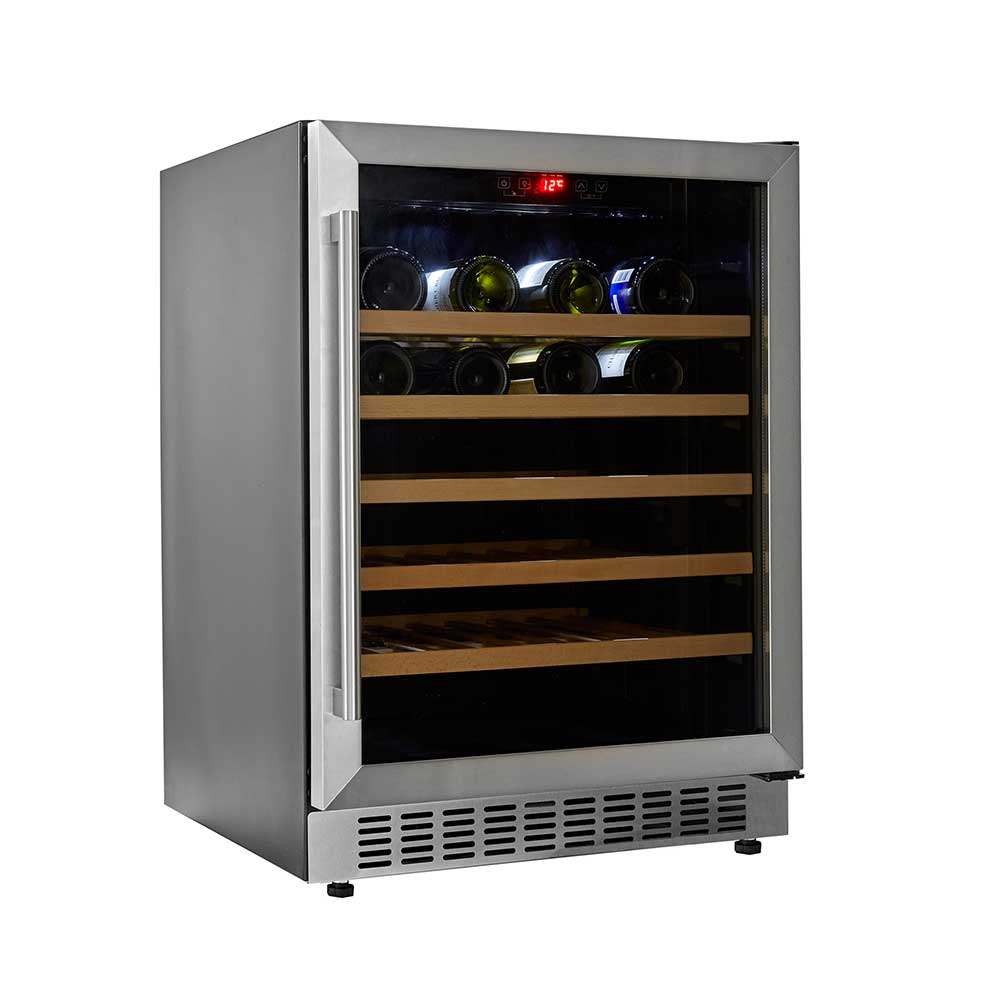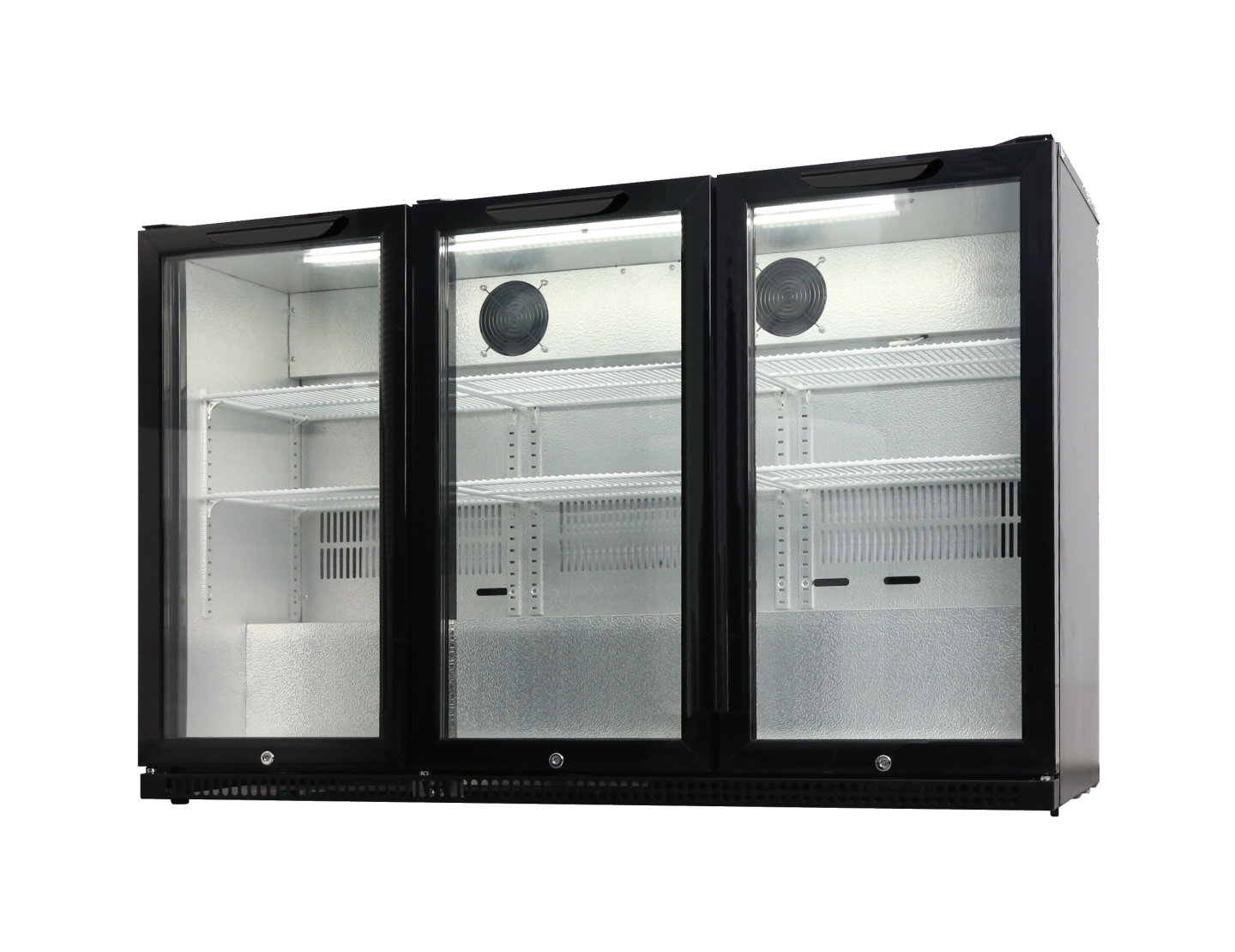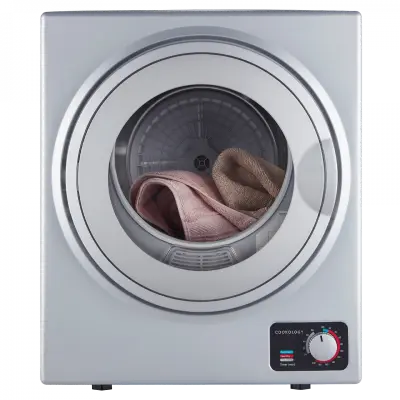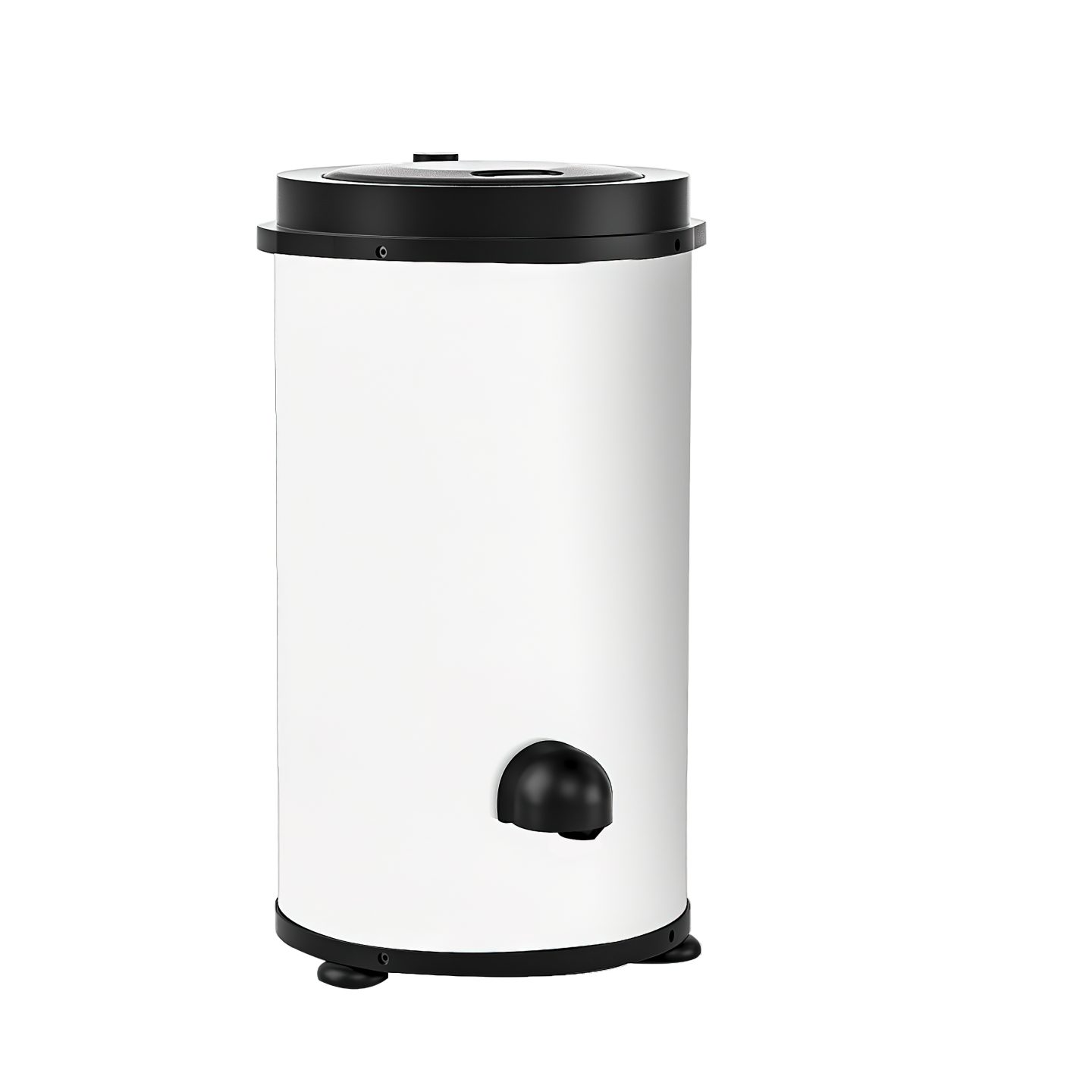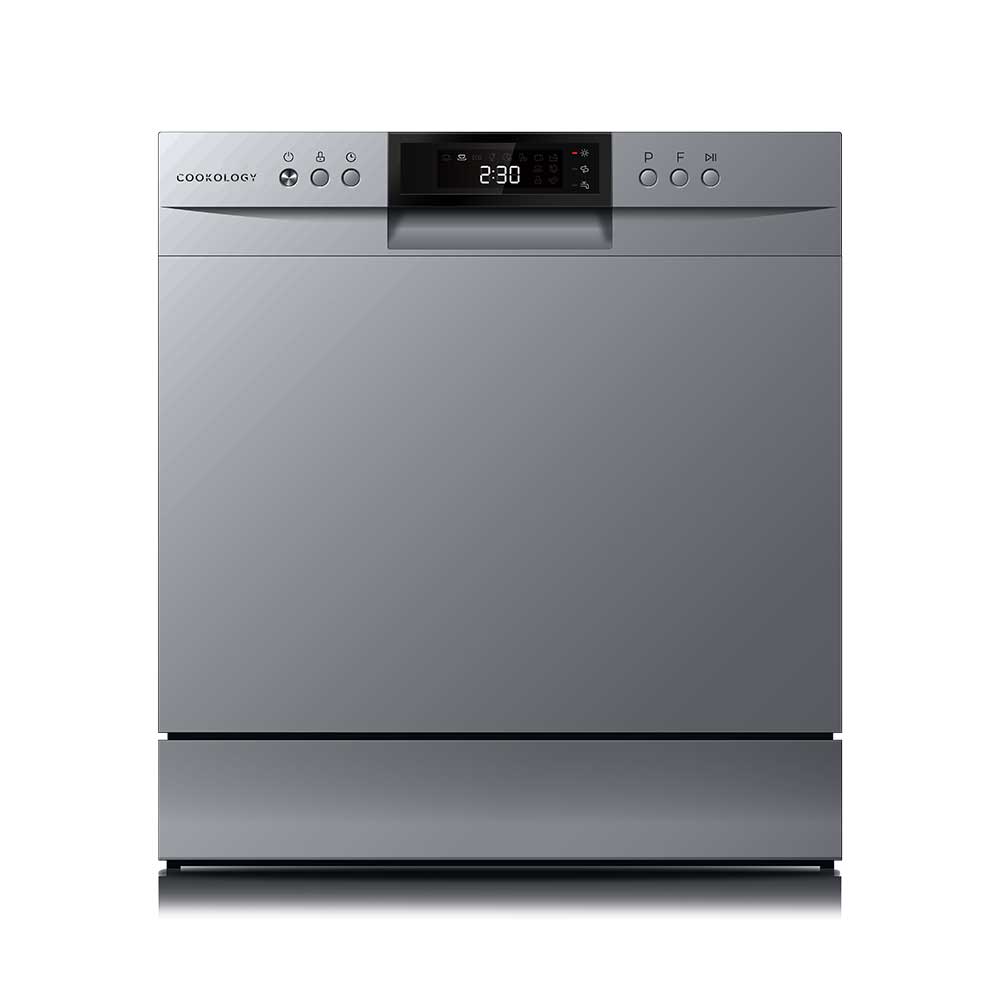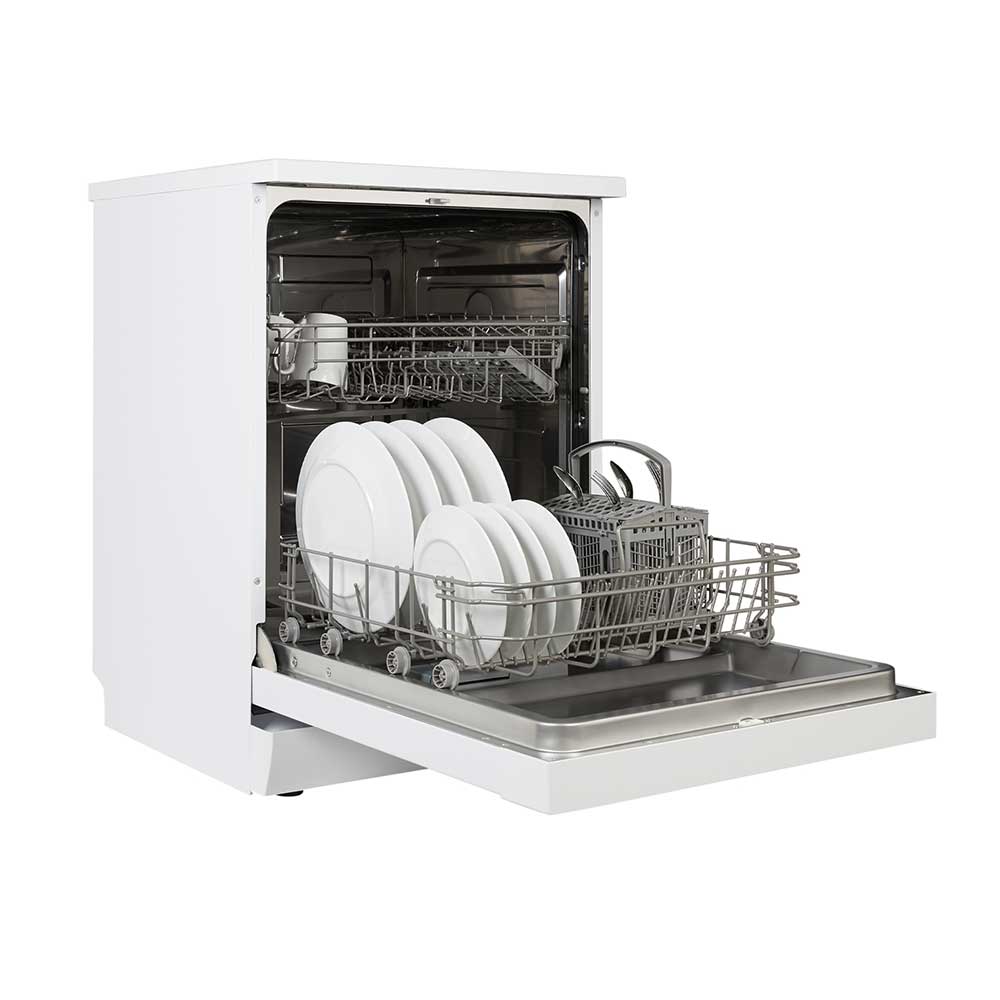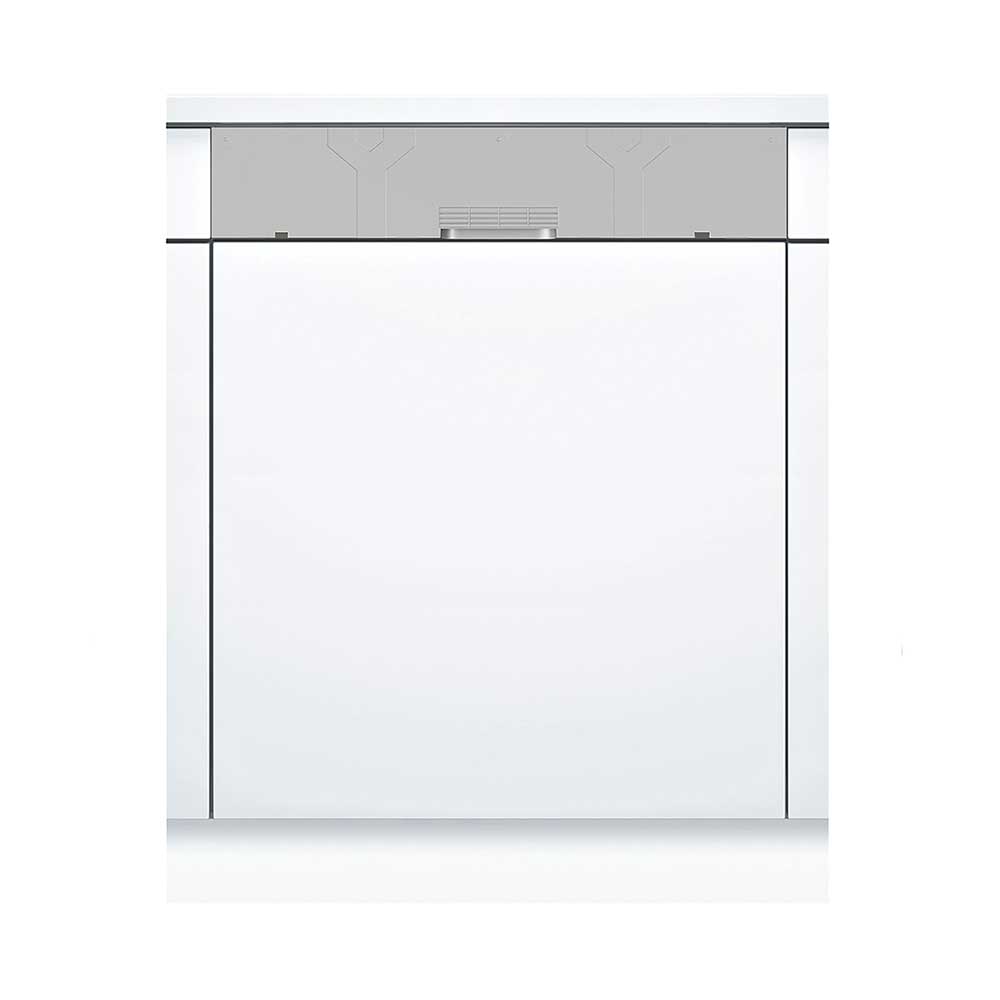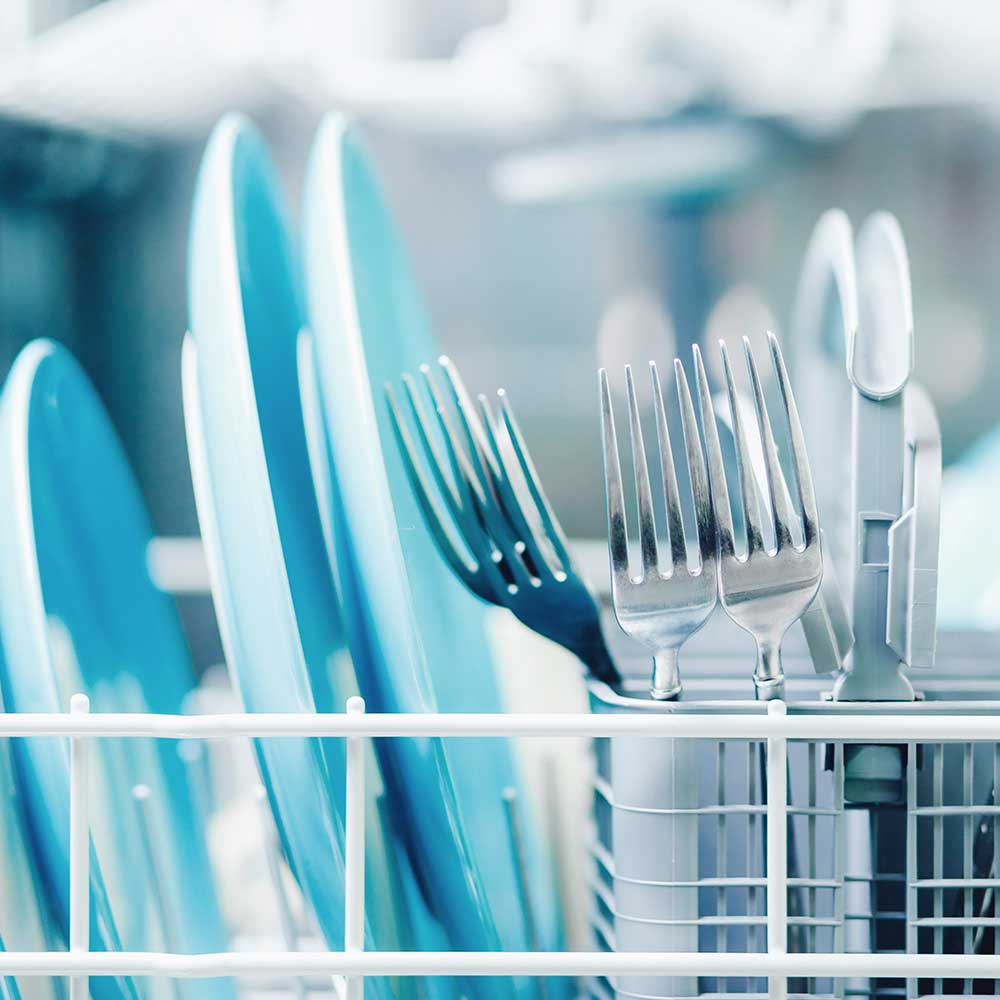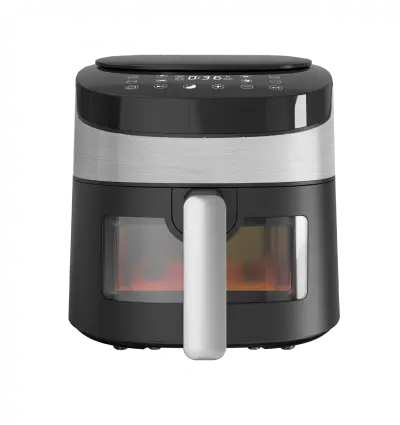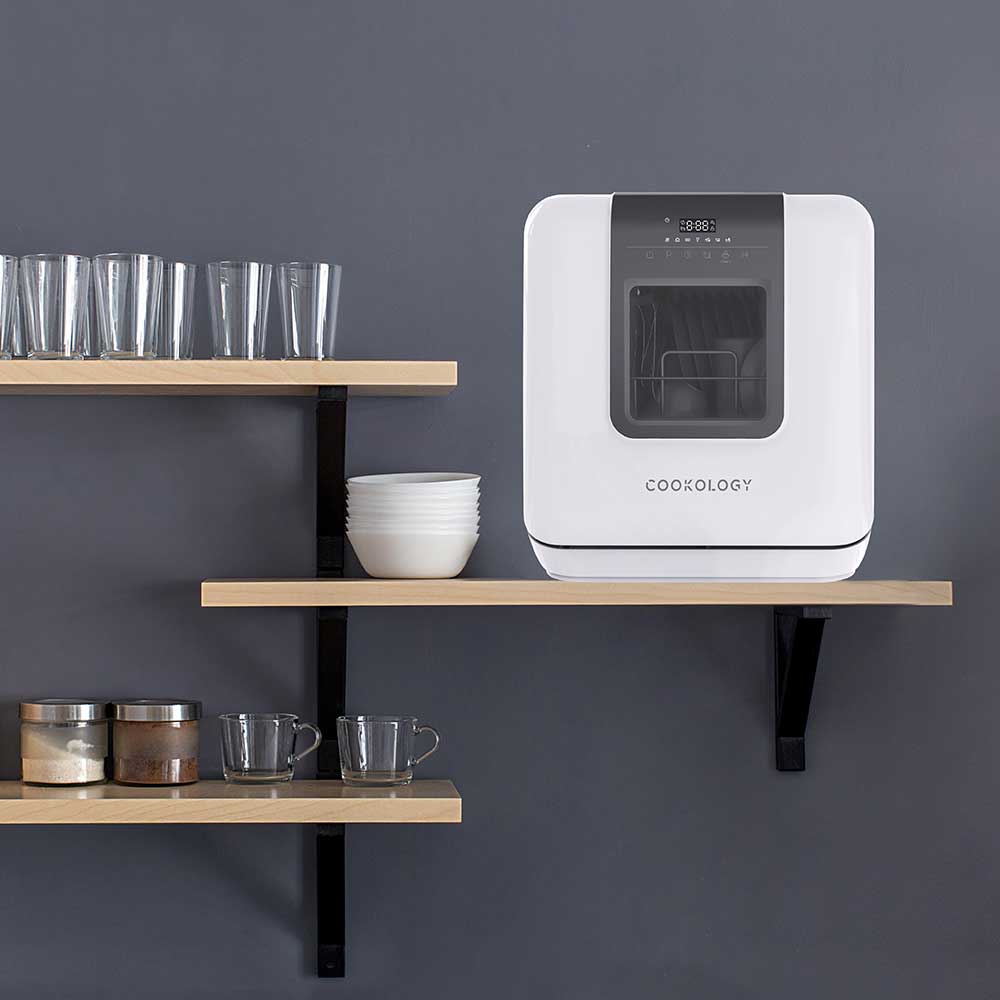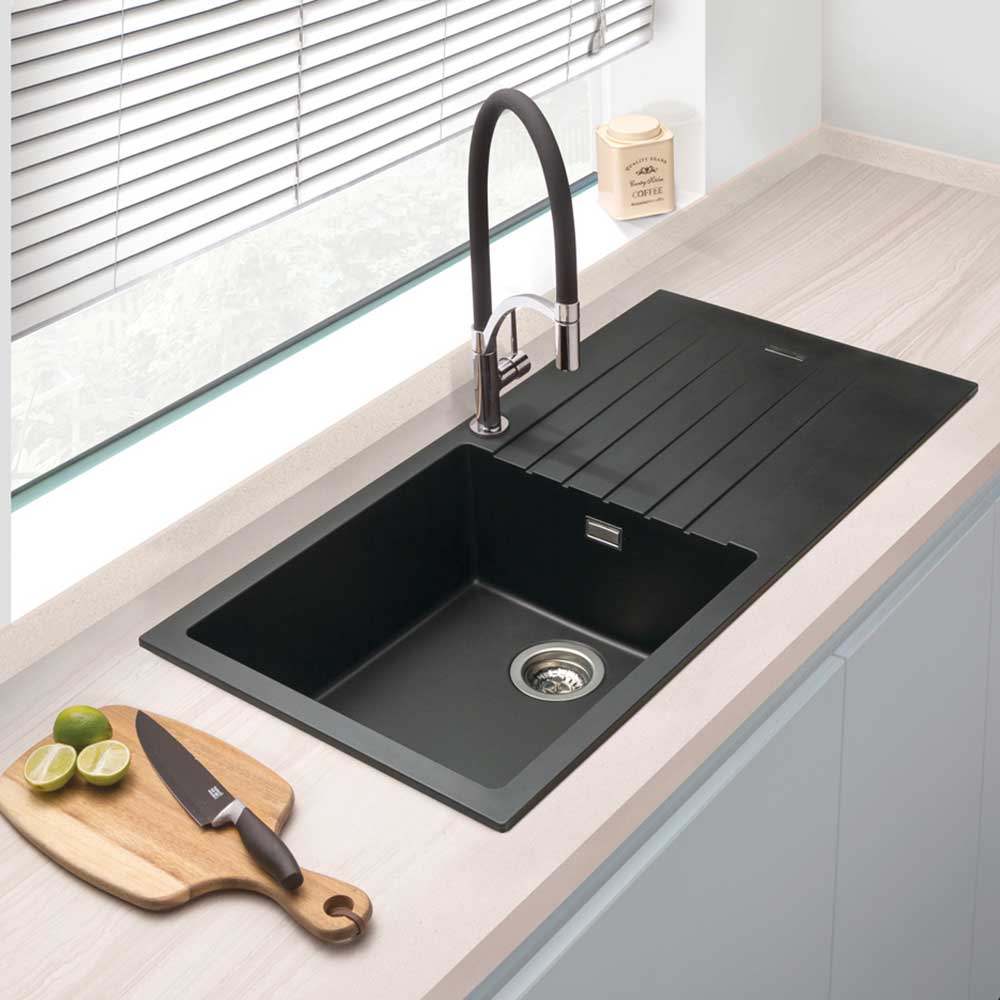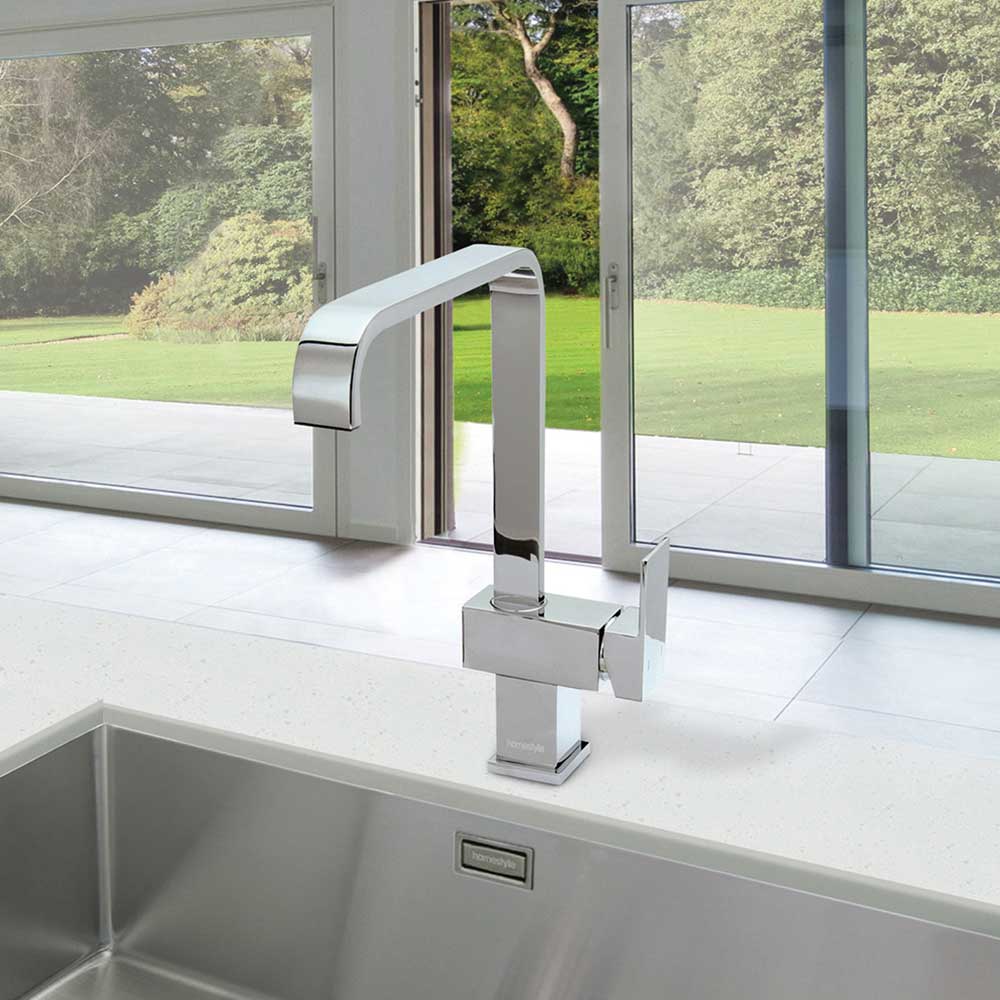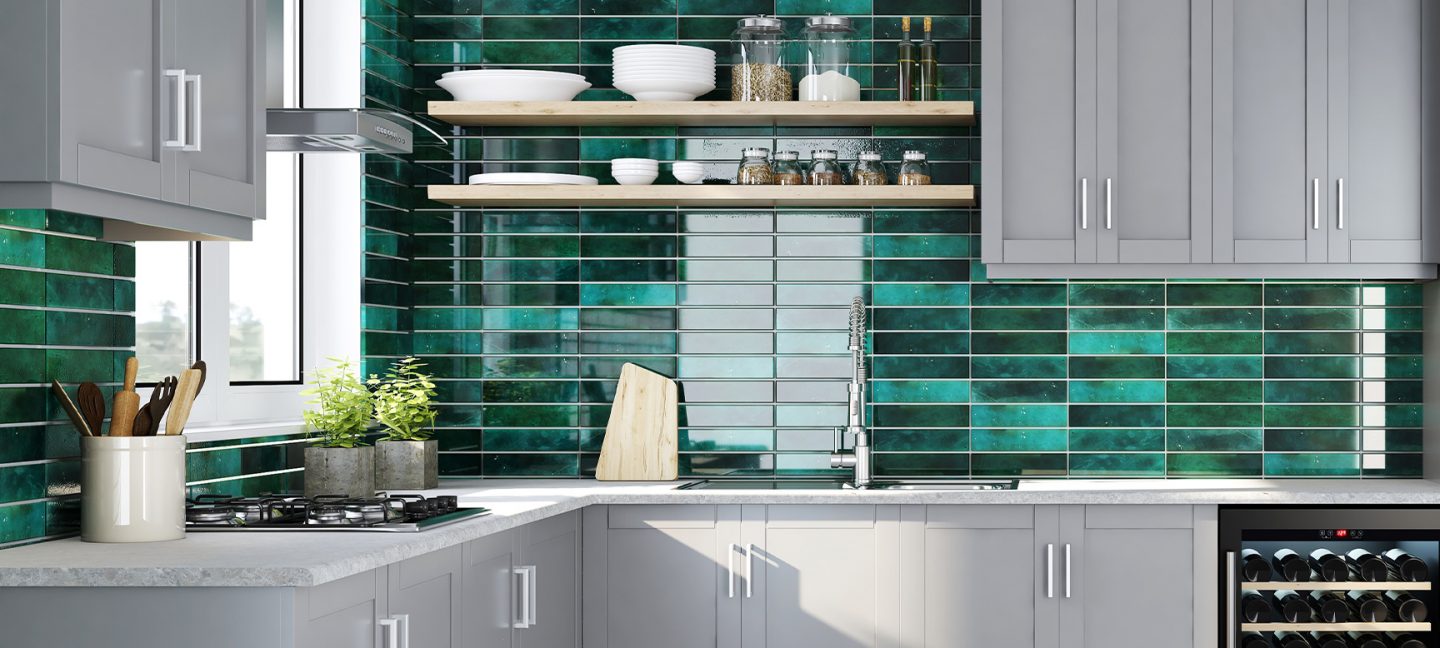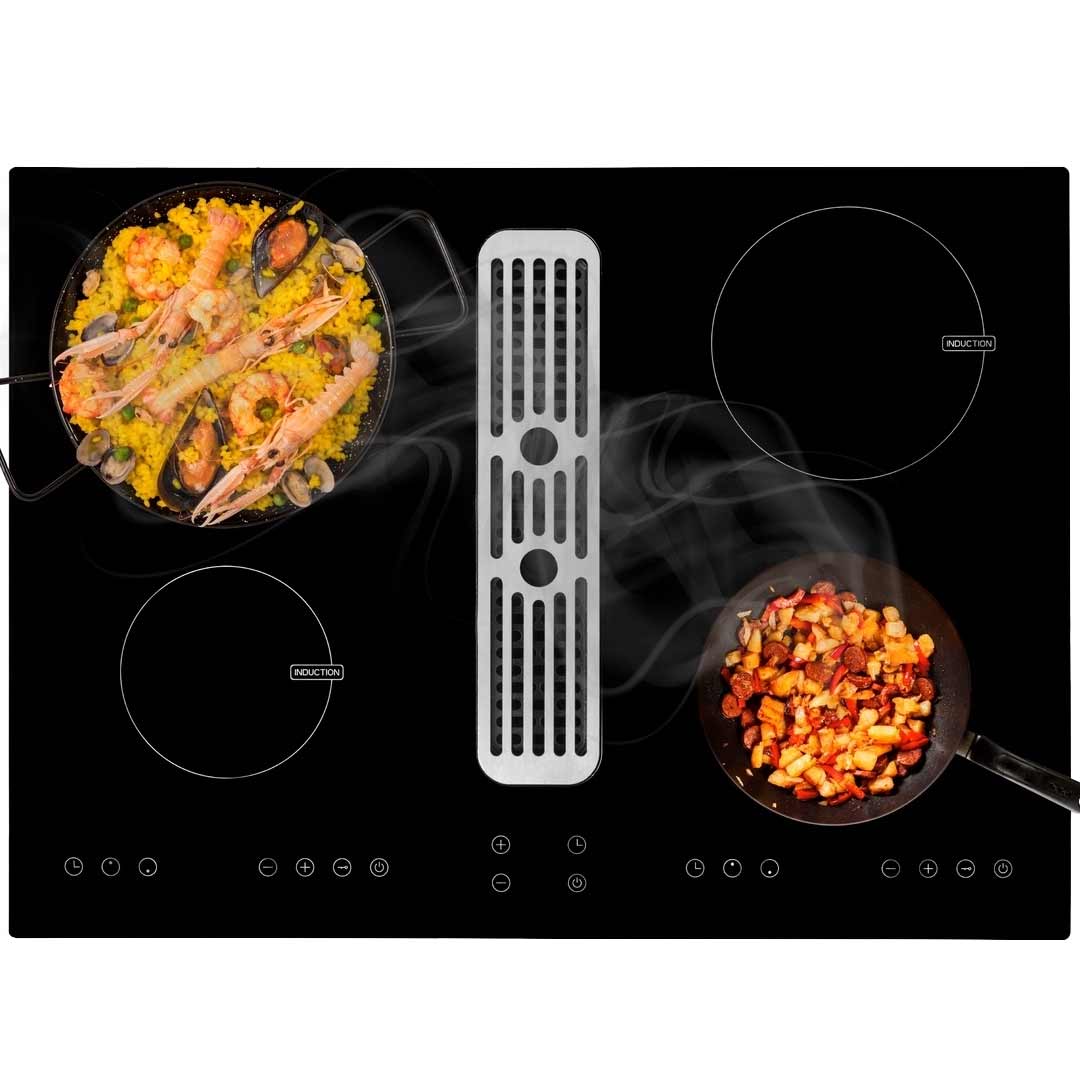There’s plenty to consider when choosing kitchen appliances. Not only do they need to look the part, they need to perform well and offer the features you expect. They need to be dependable, they’ve got to be reasonably priced… the list goes on.
A couple of decades ago, energy efficiency wasn’t really on many buyers’ radars. However, in today’s world of rising energy prices and with heightened awareness of global warming, the efficiency of kitchen appliances is fast becoming a top priority.
The more efficient an appliance is, the less it costs to run – and if you plan on keeping your appliance around for a while, the energy savings offered by a more efficient model can certainly add up. Plus, energy-efficient appliances help the planet out. By using less energy to do the same job, they help temper greenhouse gas emissions and reduce the pace of climate change, making the world a better place for us all.
In this guide, we’re going to tell you everything you need to know about the efficiency ratings of kitchen appliances. We’ll explain what the ratings mean, what effect they have and why they’re important, before offering a number of other useful suggestions to help you further decrease your appliances’ energy consumption.
What do appliance energy ratings mean?
Energy efficiency labels have been designed to give buyers a straightforward overview of an appliance’s energy usage. Colour-coded and clearly laid out, they make it easy to tell, at a glance, how energy efficient an appliance is.
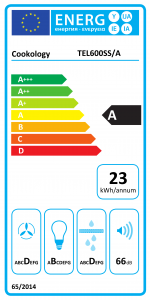
Each energy label comprises four main elements:
- The energy rating, from A to G. A-rated appliances are the most energy efficient, while G-rated models are the least efficient. To make the rating clearer still, each letter is colour coded; A-rated equipment is green, while G-rated models are red. The energy rating is displayed on the left-hand side of the label. Some appliances (like ovens) use a different scale, which runs from A+++ to G.
- At the top right of the label is a QR code. Scan this with your smartphone to learn more about the appliance and its energy usage.
- The appliance’s energy usage measurement is located beneath the efficiency rating scale, telling you more specifically how much energy the machine will use over a given period of time. For example, kWh per annum.
- At the bottom of the label are a number of icons or symbols. These provide additional information about the appliance, some of which relate to efficiency and some of which don’t. These icons will vary depending on the type of appliance you’re looking at, but can include things like storage volume in litres, the amount of noise it produces (given in dB) or water consumption (for things like dishwashers).
How important are appliance energy labels?
That depends on your point of view. If you ask us, energy labels are pretty important, because the more efficient an appliance is, the less it’s going to cost you to run. Not only that, but more efficient models are kinder to the planet – so by choosing an A-rated model, you’ll be doing your bit to help out the environment.
It has to be said that energy efficiency ratings are all relative. For instance, A-rated appliances from five or ten years ago won’t be anywhere near as efficient as current A-rated models – technology continues to progress at a rapid rate.
Ultimately, if you want to save money on your energy bills and help the environment while you’re at it, choosing an efficient appliance just makes sense. Always pay close attention to the label!
How can I further reduce energy consumption?
Choosing an energy efficient appliance is one thing, but are there any other steps you can take to further reduce the amount of energy they use? In a word, yes. Below are a handful of top tips to help you keep your energy bills low.
- Turn appliances off fully instead of leaving them on standby where possible. According to the Energy Saving Trust, a typical household will spend £55 powering appliances left on standby each year.
- Use more energy efficient modes or settings where possible. For example, turn the setting on your fridge or freezer down if the internal compartments are colder than they need to be.
- Make sure your appliances are maintained properly. For example, if you have a cooker hood, make sure you clean or replace the filter regularly. If you don’t, the hood won’t be able to work effectively and will simply be wasting energy.
Explore our energy saving appliances today
Ready to start shopping for A++ rated, energy saving appliances? We’ve got plenty to choose from here at Cookology. Our vast range includes everything from ovens and cooker hoods to integrated and freestanding fridges and freezers, tumble dryers, dishwashers and so much more.
We continually strive to improve the efficiency of our products, utilising the latest technology to help bring your utility bills down. Not only that, but we offer some of the best-value appliances on the market; our products aren’t just cheap to run, they’re affordable to buy! Even our budget ovens are rated up to A+ for efficiency, delivering superb value for money across the board. We also offer induction hobs with 13 amp plugs, which make them easier to fit and keep running costs low.
To get started, check out our complete range of energy saving appliances and order yours online today.
